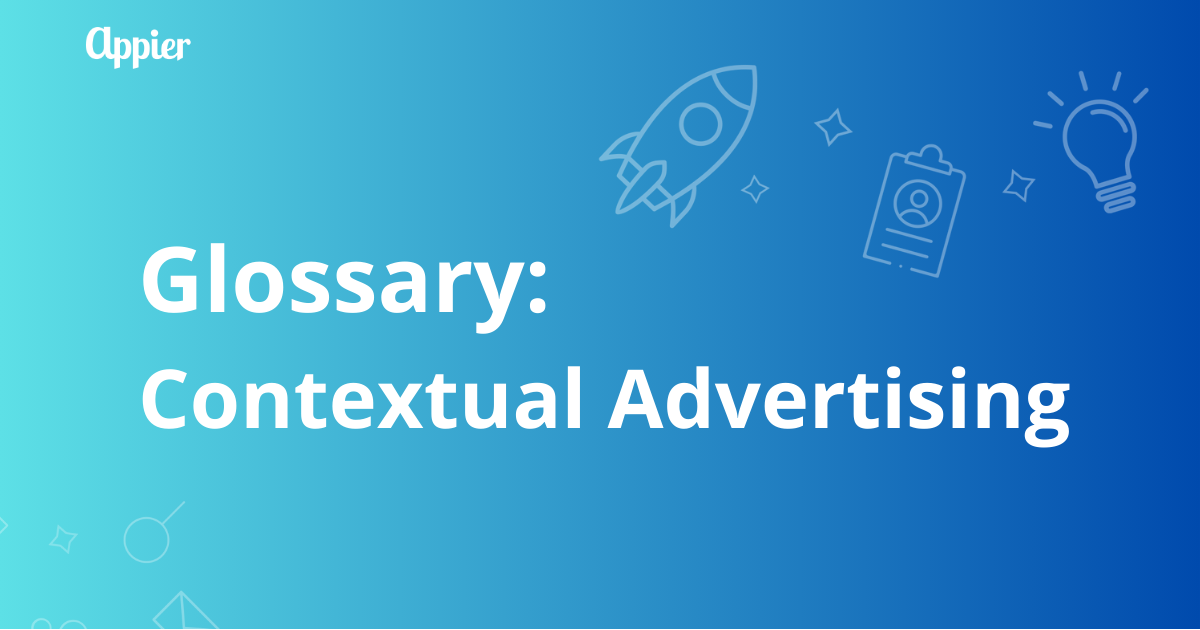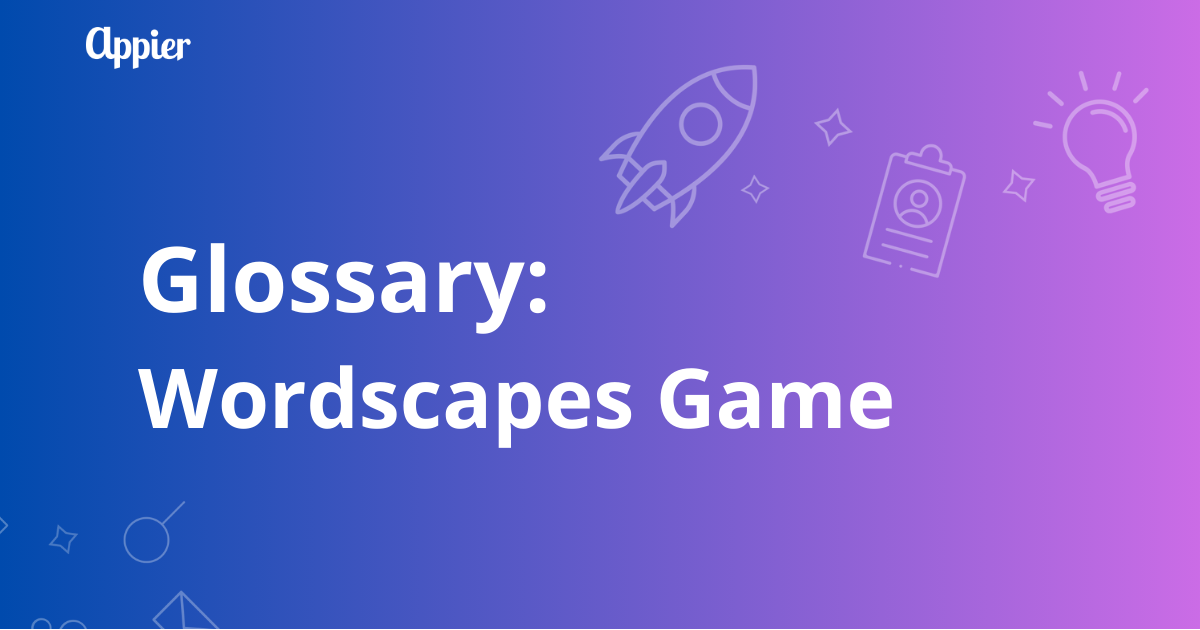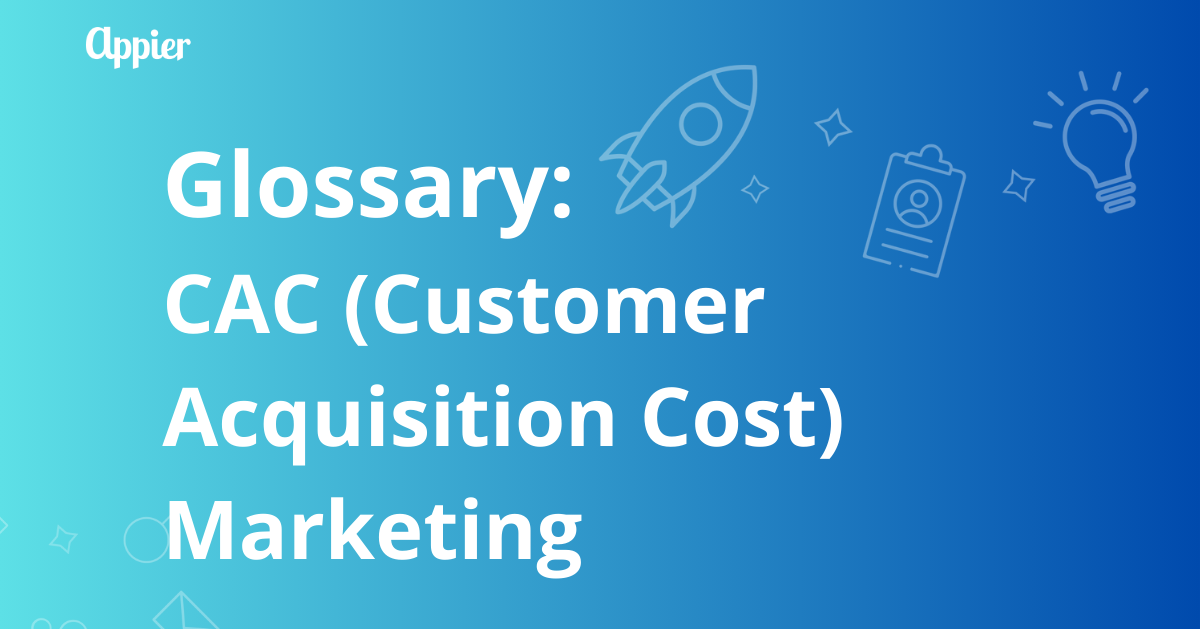7 min read
What is contextual targeting?
Contextual targeting is a digital advertising technique that places ads on web pages based on the content users are actively viewing, rather than their personal browsing history or data. Imagine you’re reading an article about hiking boots—contextual targeting ensures you see ads for outdoor gear right alongside that content, making the ad feel timely and relevant.
How Does Contextual Targeting Work?
Contextual targeting analyzes the content of a webpage in real-time to determine its topic, tone, and intent. This can be done through:
- Keyword targeting: Ads are matched to specific words or phrases found on the page. For example, a real estate agency might display ads only on pages mentioning “homes for sale in San Francisco,” ensuring hyper-relevant placements.
- Semantic targeting: This goes deeper by understanding the meaning and emotional tone of the content, not just the keywords. For instance, a toy brand could place ads on articles about childhood memories, even if “toys” isn’t mentioned directly.
- AI-driven contextual intelligence: Modern platforms use artificial intelligence to analyze not just text, but also images, videos, and audio, ensuring ads appear in the most contextually appropriate environments.
Why is Contextual Targeting Important?
Contextual targeting is gaining traction as privacy regulations tighten and consumers become more wary of data tracking. Unlike behavioral targeting—which relies on tracking user data across the web—contextual targeting doesn’t require any personal information, making it a privacy-first solution.
Here’s why it matters:
- Enhanced relevance: Ads are shown when users are already interested in a topic, making them more likely to engage. For example, someone reading about investment strategies is primed to see ads from financial services.
- Privacy compliance: With laws like GDPR and CCPA, brands need ways to reach audiences without using personal data. Contextual targeting fits the bill perfectly.
- Brand safety: By analyzing page sentiment and context, brands can avoid having their ads appear next to inappropriate or controversial content.
- Better ROI: Ads placed in relevant contexts typically see higher engagement and conversion rates, making your ad spend work harder.
Contextual Targeting v.s. Content Marketing
While Contextual Targeting and Content Marketing may seem similar, they actually differ in important details. These two approaches often complement each other, combining short-term promotions with long-term brand building to deliver more comprehensive marketing results. Let’s take a closer look at how they differ!
|
Item |
Contextual Targeting |
Content Marketing |
|
Definition |
Automatically delivers relevant ads based on the content a user is currently viewing, focusing on “contextual targeting.” |
The ongoing creation and sharing of valuable content by a brand to attract and retain its target audience. |
|
Core Purpose |
Precise ad targeting aimed at boosting short-term click-through and conversion rates. |
Building brand image, increasing user engagement and trust, and fostering long-term relationships. |
|
Basis |
Targets ads based on the current webpage content without using personal data, respecting user privacy. |
Brand proactively produces diverse content such as articles, videos, and social media posts. |
|
Main Method |
Uses automated systems to analyze webpage content in real time and match relevant ads. |
Attracts organic traffic and potential customers through content creation and sharing. |
|
Target Audience |
All users browsing specific content. |
Specific target groups and potential customers identified by the brand. |
|
Advantages |
Privacy-friendly, delivers quick results, and is suitable for short-term campaigns. |
Builds brand equity over time and develops loyal followers and customers. |
|
Use Cases |
Webpage advertising and automated ad platforms. |
Blog management, social media marketing, email campaigns, and more. |
|
Performance Metrics |
Focuses on short-term results like click-through rate (CTR) and conversion rate (CVR). |
Focuses on long-term results such as content engagement, brand awareness, and number of potential customers. |
A Real-Life Example
Qantas Airline effectively uses contextual targeting by placing its ads on travel-related pages, such as Southern Living’s travel section. When users are reading articles about planning trips or researching destinations, they see Qantas ads promoting flights to those very locations. This approach ensures the ads are highly relevant to the user’s current interests—people already thinking about travel are more likely to consider booking a flight. By aligning their ads with travel content, Qantas increases the likelihood of clicks and conversions, making the ad experience feel natural and helpful rather than disruptive.
Best Practices for Contextual Targeting
To get the most out of your contextual targeting campaigns, consider these tips:
- Choose the right approach: Decide between keyword, topic, or semantic targeting based on your goals.
- Leverage AI and automation: Use platforms that analyze content intent and optimize placements in real time.
- Prioritize brand safety: Monitor where your ads appear to avoid negative associations.
- Optimize creative: Make sure your ad visuals and messaging align with the context of the page.
- Track performance: Use real-time metrics to adjust your strategy and maximize results.
The Future of Contextual Targeting
With the decline of third-party cookies and the rise of privacy-first marketing, contextual targeting is becoming a cornerstone of digital advertising. According to GlobeNewswire, industry forecasts predict that spending on contextual advertising will surpass $562 billion annually by 2030, reflecting its growing importance in a privacy-conscious world.
In summary, contextual targeting allows brands to connect with users in meaningful moments—without invading their privacy. By aligning ads with what people are already interested in, you create a more natural, engaging, and effective advertising experience.
Appier: Revolutionizing Full-Funnel Marketing with AI-Powered Solutions
In the fast-paced world of digital marketing, Appier gives you the competitive edge. Our AI-powered platforms analyze vast amounts of data in real-time, providing actionable insights that drive smarter decision-making. From automated ad targeting to personalized content delivery, we optimize every aspect of your marketing strategy.
As of 2024, Appier serves more than 1,700 customers globally, spanning various industries from finance to retail. The company's impressive client roster includes renowned gaming brands such as NEXON, SuperPlanet, Murka Games, TapNation, Gameduo.



